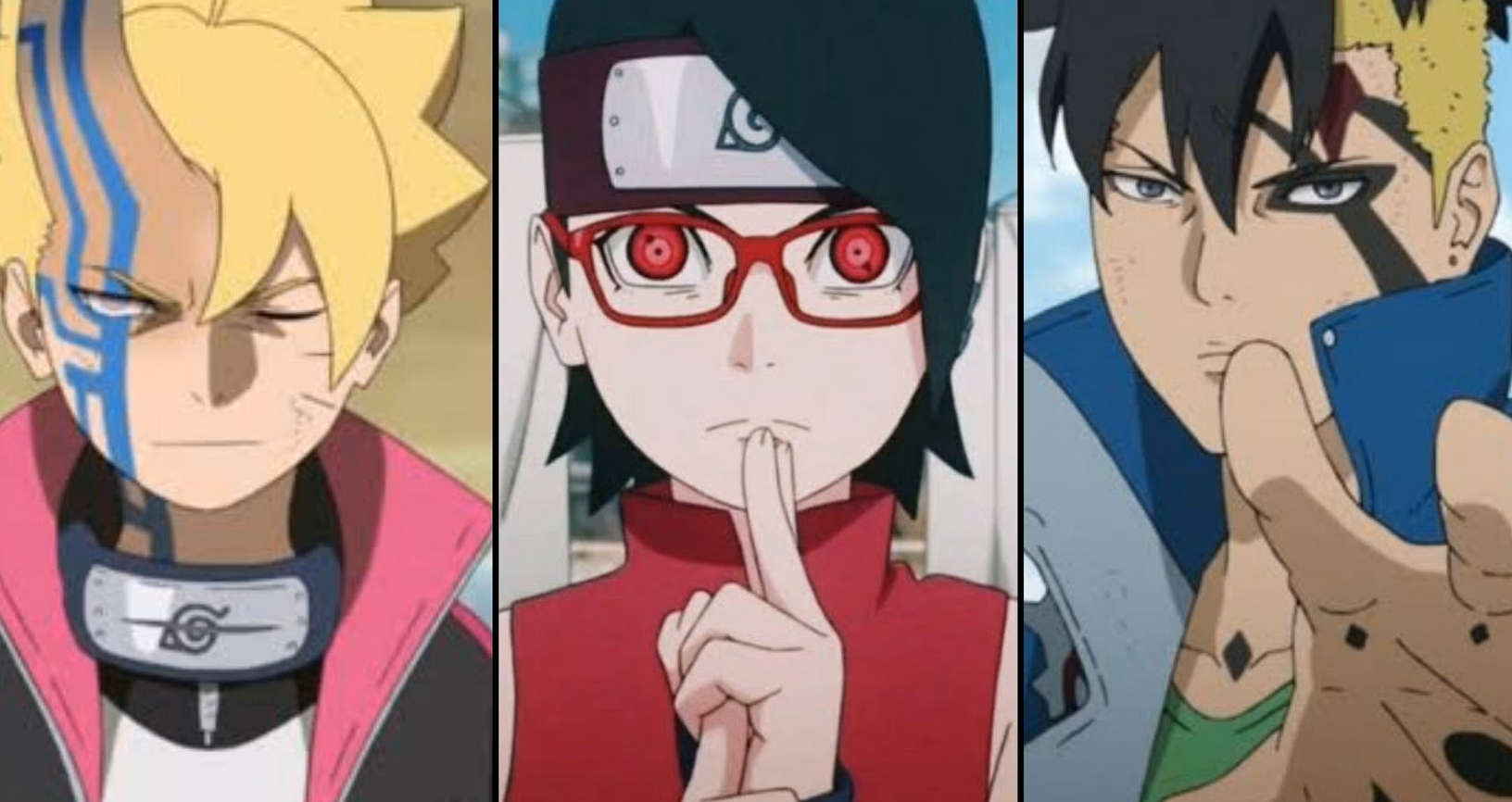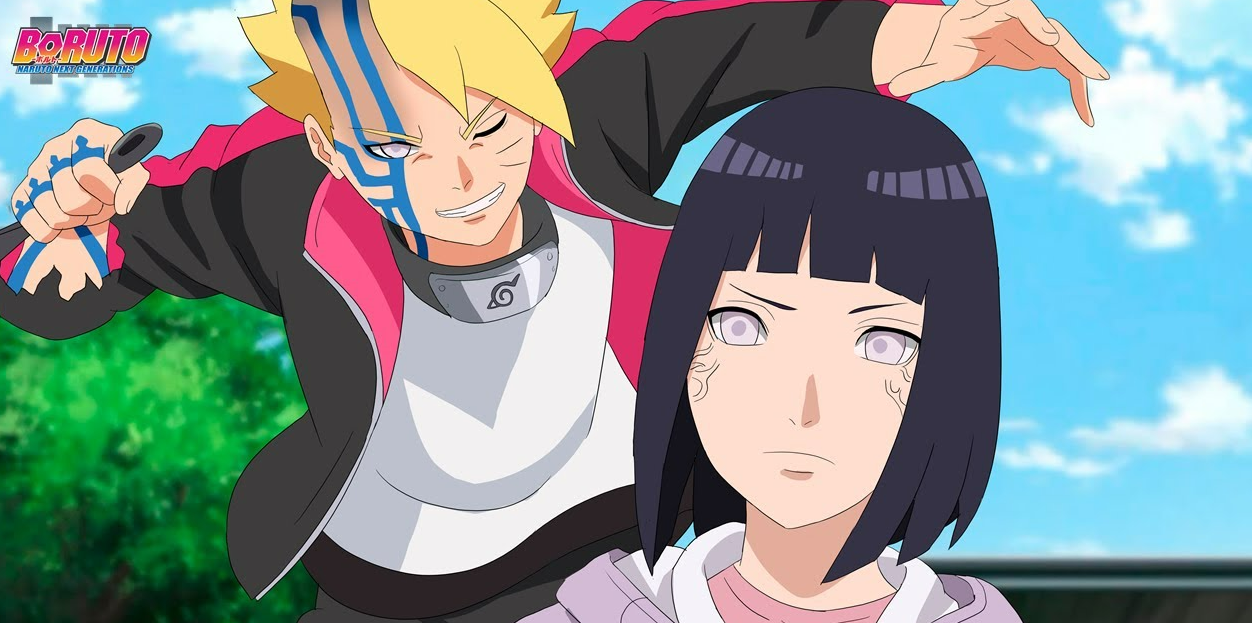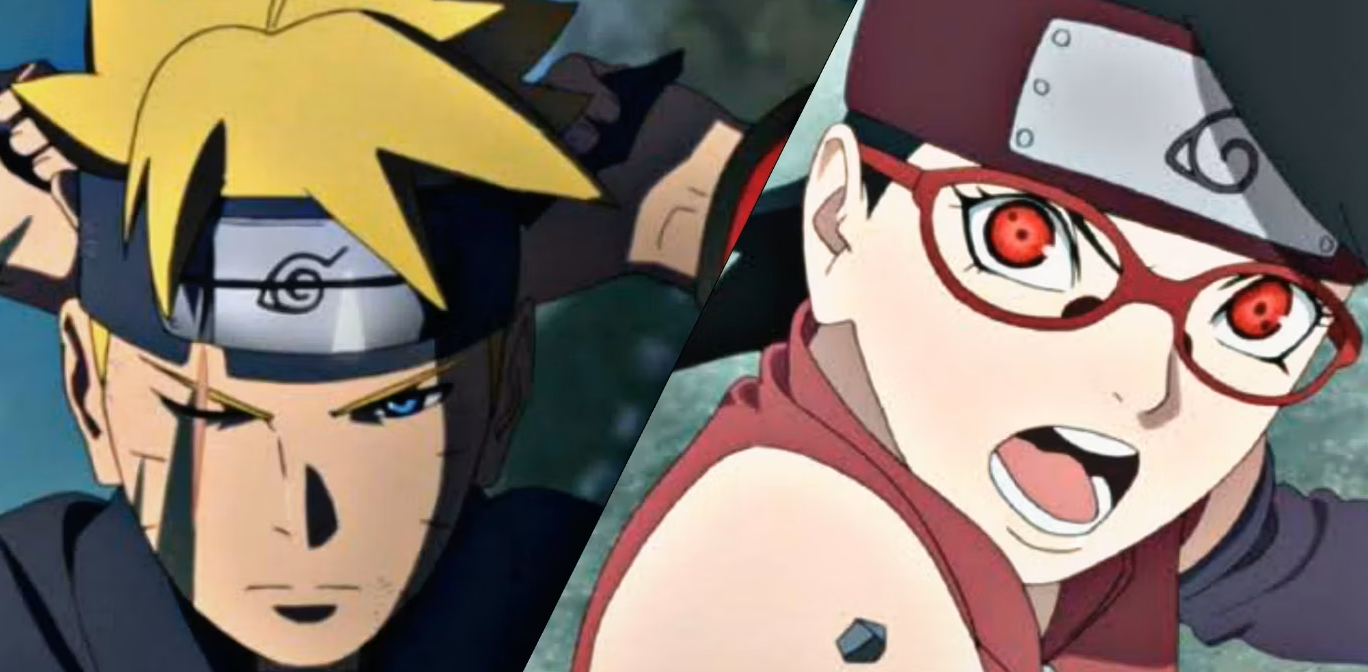The Boruto Manga Continues to Perpetuate Gender Stereotypes in Chapter 78 and Beyond.
The pattern of showing disrespect towards female shinobi in Boruto Manga and Anime is evident through the portrayal of Sarada, Sasuke’s daughter. Although the mistreatment that she endures could potentially happen to any male character, it is the recurrence of such offenses against both her and her gender that is inexcusable. This is not the first instance of Boruto being guilty of such behavior, and the persistent portrayal of female shinobi in a derogatory manner highlights a deep-seated problem within the series.
In Boruto Manga chapter 78 : Naruto Next Generations, created and supervised by Masashi Kishimoto, illustrated by Mikio Ikemoto, and written by Ukyo Kodachi, Sarada demonstrates bravery and loyalty by coming to Boruto’s aid upon learning of a rogue Kawaki’s plan to eliminate him. However, despite her valiant efforts, she finds herself in a dangerous situation that ultimately necessitates Boruto’s intervention to protect her. This turn of events not only puts Boruto’s safety at risk but also perpetuates the problematic trend of female shinobi being portrayed as helpless and in need of male rescue, an all-too-common trope in the Naruto universe.
Boruto Manga: Undermining Sarada’s Heroic Deed

Despite Sarada’s proven competence as a shinobi, her act of bravery in saving Boruto was supposed to be a pivotal moment for her character, but instead, Boruto exploited it to mock and belittle her. In risking her life to save her friend and potential love interest, she found herself in the midst of the first confrontation between two key characters at a critical point in the manga. However, the author failed to challenge the typical gender stereotypes present in fiction by portraying Sarada, who was once a heroic figure, as a “damsel in distress” who required Boruto’s intervention to rescue her, resulting in him suffering severe injuries at his own expense.

Ironically, one of Sarada’s most significant moments in the Boruto Manga was marred by the way it happened. In earlier chapters 41 and 42, Kawaki tells Sarada how to use her family’s Sharingan, despite only having learned about its abilities himself moments earlier. This could be viewed as further evidence of how Sasuke’s absence has affected Sarada’s understanding of her powers.
[Redditors expressed disappointment and frustration at Sasuke’s prolonged absence from Sarada’s life]
However, the fact that a male character had to instruct a female character on how to fight raises questions about gender roles and reinforces a troubling trend of male characters dominating and dictating female characters’ actions and abilities in the story.
Boruto Manga: Hinata’s Character Falls Prey to Stereotypical Portrayal

These regressive and unwarranted gender biases serve to underscore how Boruto consistently mistreats its female shinobi. Hinata is perhaps the most glaring example of this. While her role as a homemaker is not inherently problematic, the series portrays her as constantly failing in this role, causing her son to comfort her while he is on the verge of risking his life. Furthermore, there are instances when Hinata supposedly fights in Boruto, but the show chooses to omit these scenes, or she is presented with an ideal adversary, such as Ao, who is infamous for murdering her clan, but has no role in his defeat. This is not to mention the vast majority of other female fighters who are either overlooked or relegated to stereotypical roles like running flower shops, despite years of battlefield experience. In light of all this, it is clear that having Sarada fail to rescue Boruto and necessitate his rescue instead is entirely disrespectful and unwarranted.









